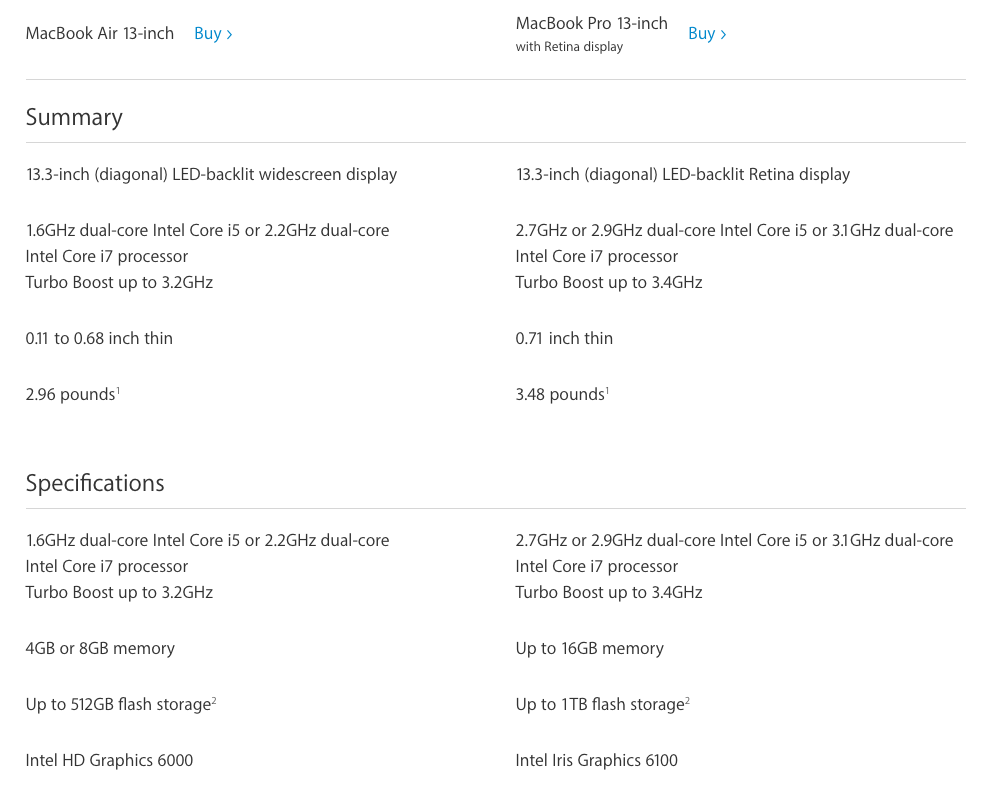I Am Hoping For Mac
. IBM compatible (PC) users The majority of all IBM compatible (PC) users have Microsoft Windows installed on their computer. A good method of determining if you are running Microsoft Windows 95 or later is to look for the ' in the bottom-left corner of your screen. If you see the Start button, you are running Microsoft Windows. If you do not see a Start button, it is likely you are running a different operating system. Below are some different visual indications to determine what operating system you are using. If you do not have any graphics or a (only text), skip to the.
I Am Hoping For Machine Chords
GUI operating system visual indicators. A Microsoft Windows logo or Microsoft Windows flag but no start button often indicates an earlier version of Microsoft Windows, such as Microsoft Windows 3.11. A red hat in the corner of the screen - Computer is running. A green or blue 'L' in the corner of the screen - Computer is running Lindows. A gray or black foot print in the corner of the screen you have running on a Linux or Unix variant.
A purple background with any visual indication of 'Sun' or 'Solaris' is an indication of the operating system being used with. Command line operating system If you only have text on the computer or only a console to work with, often you can determine what operating system you are using by using any of the following commands. Note: On some systems, the command to view what operating system or its version will be disabled for security reasons and not all operating systems will support all of the following commands. Note to Linux and Unix users: Often users running a Linux or Unix variant have a Linux variant with any number of. For example, you could be running Red Hat Linux using GNOME as the GUI. It is often better to use the to determine what variant of Linux or Unix you are using. The will work with almost all variants of Linux and Unix.
If the uname command works and you need version information, type uname -a. Additional information about the Linux version can also be found by using the following commands, if the uname command is not available. Tail /etc/redhat-release cat /etc/issue Visual identification Finally, if you are in front of the computer, you can usually determine what operating system is being run on the computer by rebooting the computer. As the computer boots, it will indicate the operating system as it starts. Tip: If the screen is loading too fast, you can press the on the keyboard to pause the screen as it is loading. Apple macOS X users All versions of the Apple Macintosh's operating systems have an, a small Apple icon in the upper-left corner of the screen. If you do not have this Apple logo on your screen, verify that you are using an Apple computer.
Click the Apple menu in the top left corner of the screen. In the Apple menu, click 'About this Mac' or 'About this Computer' Note: An Apple computer can also use through.

Apple iPhone and iPad users Knowing the version of the Apple iOS operating system on your iPhone or iPad can help research and resolve issues that are specific to an iOS version. Follow the steps below to determine the iOS version on your Apple device. Access the Settings utility. Scroll down and tap the General option. Tap the About option. The iOS version on the device is listed in the Version line.
Android smartphone and tablet device users There are many different devices, including smartphones and tablets, that use the Android operating system. Follow the steps below to determine the version of Android OS on your Android device. Access the Settings utility. Find and tap the About phone or About device option. The version of Android OS will be listed below the Android version entry.